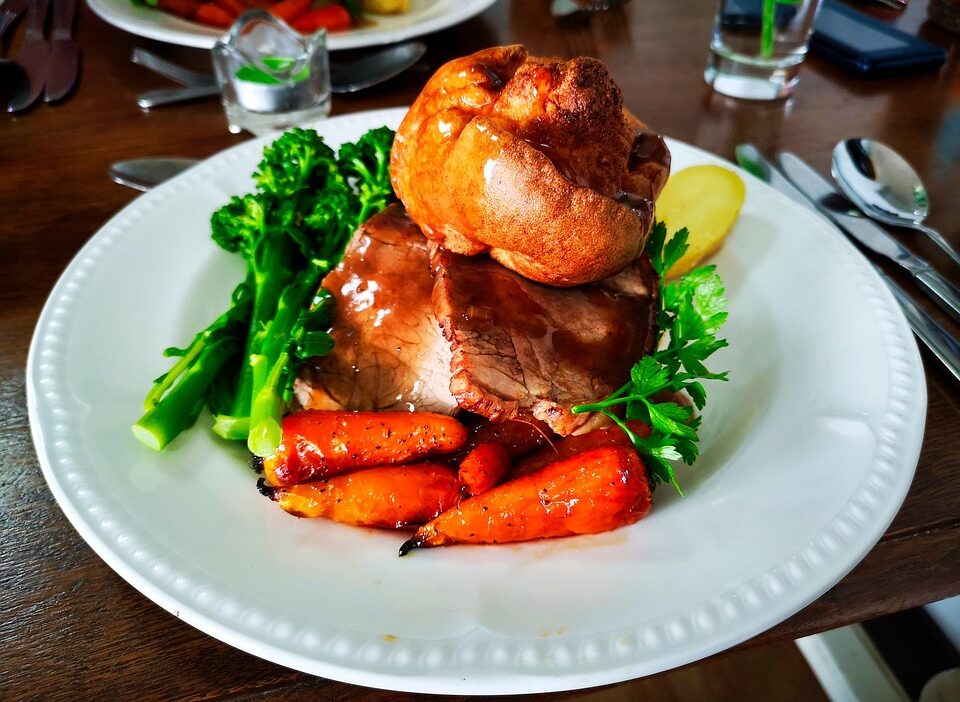In the world of gastronomy, taste is king. Yet, increasingly, researchers and culinary experts are uncovering the immense power that visual presentation holds over our perception of flavor. From fine dining establishments to home-cooked meals, the way food is presented can significantly influence how we experience and enjoy it. This article delves into the psychology of food presentation, demonstrating how aesthetics can shape our tastes and perceptions.
The Psychology of First Impressions
The phrase “you eat with your eyes” has become a culinary axiom for a reason. Studies suggest that sight is one of the most powerful senses when it comes to food. According to researchers at Cornell University, the visual aspects of food can alter our perception of taste and even our physiological reactions to it. For instance, a dish that is vibrant and artfully arranged can activate positive emotions, elevating our expectation and anticipation, which in turn can enhance the overall tasting experience.
Color and Appetite
Color plays a significant role in food perception. Different hues can evoke specific feelings and reactions. Warm colors, such as reds and yellows, are often associated with appetite stimulation, while cool colors, like blues and greens, can have a calming effect. A study published in the Journal of Food Science found that participants rated food as tasting better when it was presented in colors that complemented each other. This synesthetic link between visual stimulation and taste can be harnessed creatively in plating techniques.
The Art of Plating
Plating is, quite literally, the canvas upon which culinary artists express their creativity. Mastering the art of plating involves understanding composition, balance, and contrast, much like painting. Chefs and food stylists carefully consider each element on the plate—texture, height, and arrangement—to create a visually appealing balance. The deliberate placement of sauces, garnishes, and ingredients not only encourages the diner’s eye to explore but also prepares them for a sensory experience that is greater than the sum of its parts.
Techniques of Plating
-
Height: Creating layers adds dimension, drawing the eye upward and making the dish appear more substantial.
-
Negative Space: Leaving areas of the plate blank can create a contrast that highlights the food, allowing the main elements to stand out.
-
Garnishing: Using edible flowers, herbs, or microgreens provides color and texture, enhancing visual appeal without overpowering the dish.
- Saucing: Instead of pouring sauce over the dish, consider a drizzle or smear. This technique adds artistry and often elevates the perception of taste.
Cultural Influences on Presentation
Cultural backgrounds can significantly alter food presentation styles. For example:
-
Japanese Cuisine: Known for its meticulous arrangement and seasonal elements, Japanese plating emphasizes balance and harmony, encouraging diners to appreciate not only the taste but also the art.
-
French Cuisine: Often characterized by intricate presentation, French dishes are designed to impress with elegance, reflecting the technique and precision involved in their preparation.
- Latin American Cuisine: Often vibrant and colorful, it uses bold colors and varied textures to create dishes that are visually exciting, resonating with the culture’s lively spirit.
Neuroscience and Taste Perception
Research in neuroscience shows that visual cues can stimulate the brain’s reward centers, leading to increased salivation and excitement around the meal. The brain anticipates flavors based on visual stimuli and can even enhance taste through association. For instance, if a dish is artfully arranged and presented in a sophisticated manner, diners may find it tastes better than identical ingredients served in a less appealing way.
Impact on the Dining Experience
The importance of visual appeal extends beyond the plate itself. Restaurant ambiance, table settings, and serving style contribute holistically to the dining experience. Diners are often willing to pay a premium for dishes that offer not only exceptional flavor but also a visually stunning presentation. This trend has led to the rise of social media platforms, where food photography plays a pivotal role in influencing diners’ choices.
Conclusion
The connection between visual appeal and taste is undeniable. While culinary excellence remains grounded in flavor, the presentation—aesthetic quality—can enhance the dining experience significantly. As we continue to explore the intricate relationship between sight, taste, and perception, one truth remains clear: The power of presentation is a vital ingredient in not only how we perceive food but also in how we enjoy it. So the next time you plate a dish, remember: it’s not just about what’s on the plate; it’s about how it looks—and that might just be the secret ingredient to a remarkable meal.



